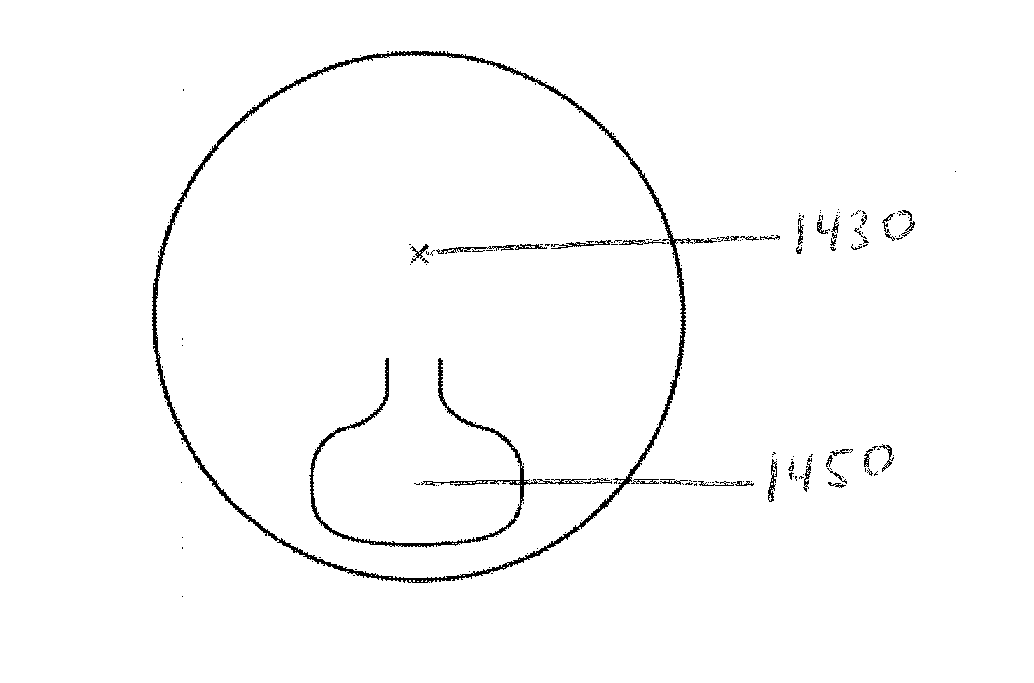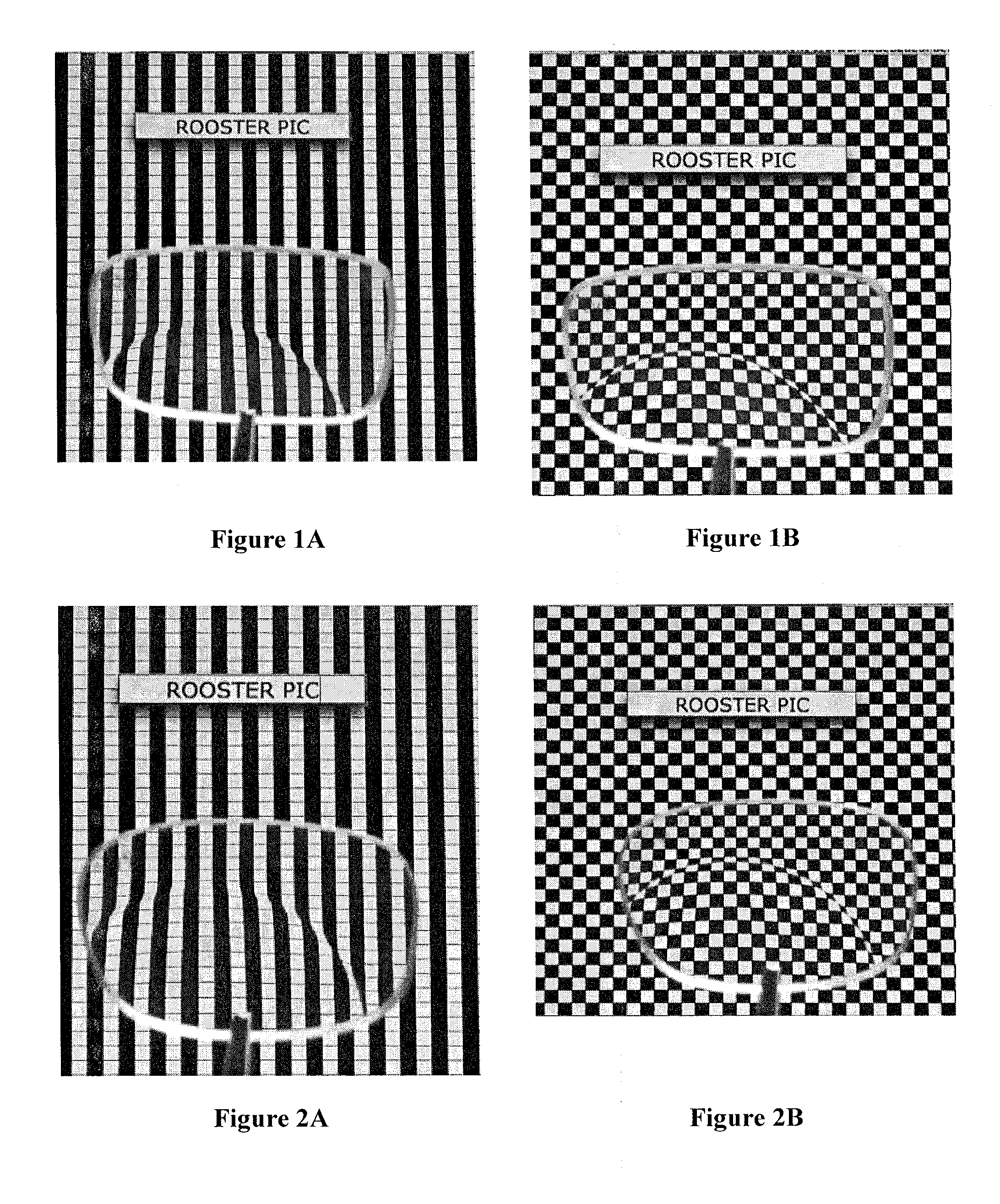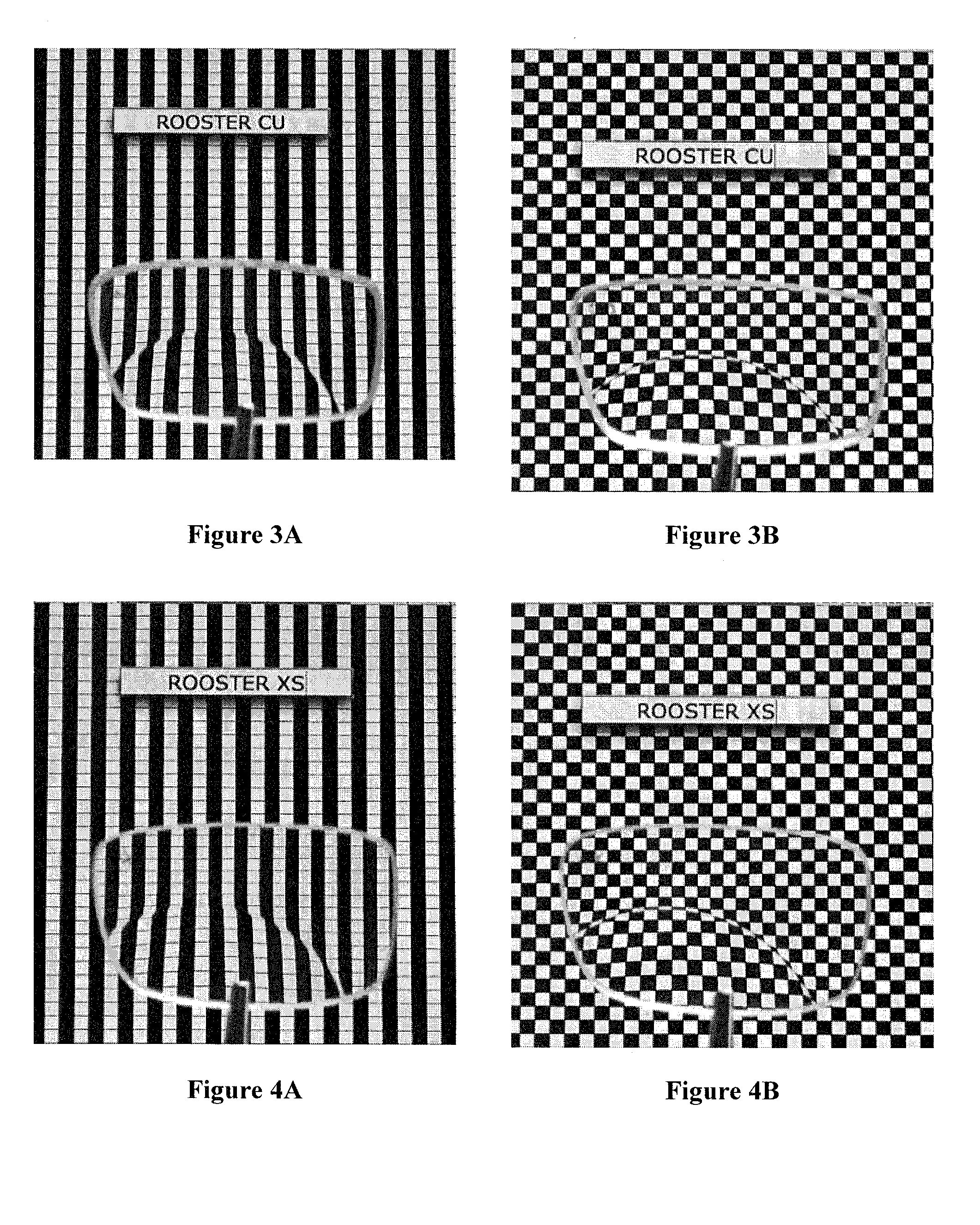Multifocal Lens Having a Progressive Optical Power Region and Discontinuity
a multi-focal lens and optical power region technology, applied in the field of multi-focal ophthalmic lenses, can solve the problems of serious vision compromise, inability to focus on intermediate distance objects, and inability to focus on near-distance objects
- Summary
- Abstract
- Description
- Claims
- Application Information
AI Technical Summary
Benefits of technology
Problems solved by technology
Method used
Image
Examples
Embodiment Construction
[0050]Many opthalmological, optometric, and optical terms are used in this application. For the sake of clarity, their definitions are listed below:
[0051]Add Power: Add power represents the additional plus optical power required for near distance vision and / or intermediate distance vision. It is most commonly prescribed for presbyopia when the normal accommodative power of the eye is no longer sufficient to focus on near distance or intermediate distance objects. It is called an “add” power, because it is in addition to the far distance optical power of a lens. For example, if an individual has a far distance viewing prescription of −3.00D and a +2.00D add power for near distance viewing then the actual optical power in the near distance portion of the multifocal lens is the sum of the two powers, or −1.00D. Add power is sometimes referred to as plus optical power or additive optical power. Add power may also refer to the add power in the intermediate distance portion of the lens an...
PUM
| Property | Measurement | Unit |
|---|---|---|
| lengths | aaaaa | aaaaa |
| distance | aaaaa | aaaaa |
| distance | aaaaa | aaaaa |
Abstract
Description
Claims
Application Information
 Login to View More
Login to View More - R&D
- Intellectual Property
- Life Sciences
- Materials
- Tech Scout
- Unparalleled Data Quality
- Higher Quality Content
- 60% Fewer Hallucinations
Browse by: Latest US Patents, China's latest patents, Technical Efficacy Thesaurus, Application Domain, Technology Topic, Popular Technical Reports.
© 2025 PatSnap. All rights reserved.Legal|Privacy policy|Modern Slavery Act Transparency Statement|Sitemap|About US| Contact US: help@patsnap.com



